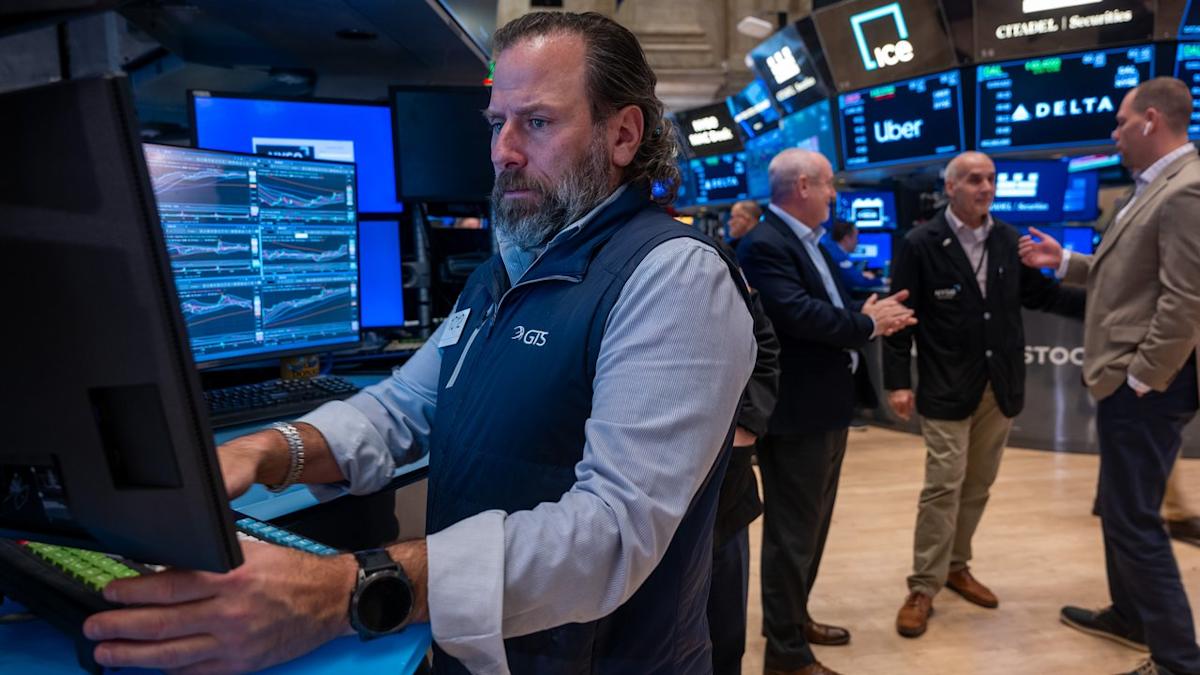Dow falls as government reopens and data gaps loom
The government is back, the lights are on, and the markets are… unimpressed. After 40-plus days in the dark, Washington’s reopening made one thing clear: Traders have already moved past the political fix and toward the murkier question of what the missing data means for the Federal Reserve.
Stocks slipped out of the gate — not dramatically, but definitively — a reminder that the shutdown’s ending was never the variable Wall Street was really trading. The morning trading also made for a stark reversal. Just a day after the Dow Jones Industrial Average crossed 48,000 for the first time, it had retreated by almost 1% by midday, with the S&P 500 down 1.2% and the Nasdaq off nearly 2%.
Heading into the official government reopening, markets had already been treating the shutdown with an assumption that it was going to end, which left little room for a relief rally once the deal finally materialized. Investors seem to already be onto the next, harder problem: rebuilding the economic picture that the shutdown erased.
That’s where the anxiety lives. Forty-plus days without federal releases means the Fed enters its next policy cycle with partial visibility. Some data will come back quickly; some may never arrive at all. BMO Private Wealth’s Carol Schleif put the fine print on it in a note: “While we have always expected that many of the data points missed during the shutdown will remain dark, there are questions about what the inflation and jobs data will look like once these reports come back online.” She said she wouldn’t be surprised to see some “market chop over the coming weeks” as the data pipeline sputters back to life. Washington’s reopening restores operations, not clarity.
Morning trading reflected that unease.
Disney, which reported earnings Thursday morning, was down over 9%; tech names such as Tesla (down 4%), Palantir (down 5%), and Super Micro Computer (down 6%) lagged; Treasury yields nudged higher; and futures markets trimmed the probability of a December rate cut — not because the shutdown ended, but because the reopening spotlights the uncertainty it leaves behind.
Traders now have to weigh a backlog of distorted indicators against a labor market that, even before the shutdown, showed signs of fraying. Because the government’s data pipeline was frozen during the shutdown, October’s labor picture came from private-sector trackers — and those proxies weren’t pretty. The estimates pointed to job losses in government and retail, alongside a surge in announced layoffs driven by cost-cutting and the growing reach of AI.



Leave a Comment
Your email address will not be published. Required fields are marked *